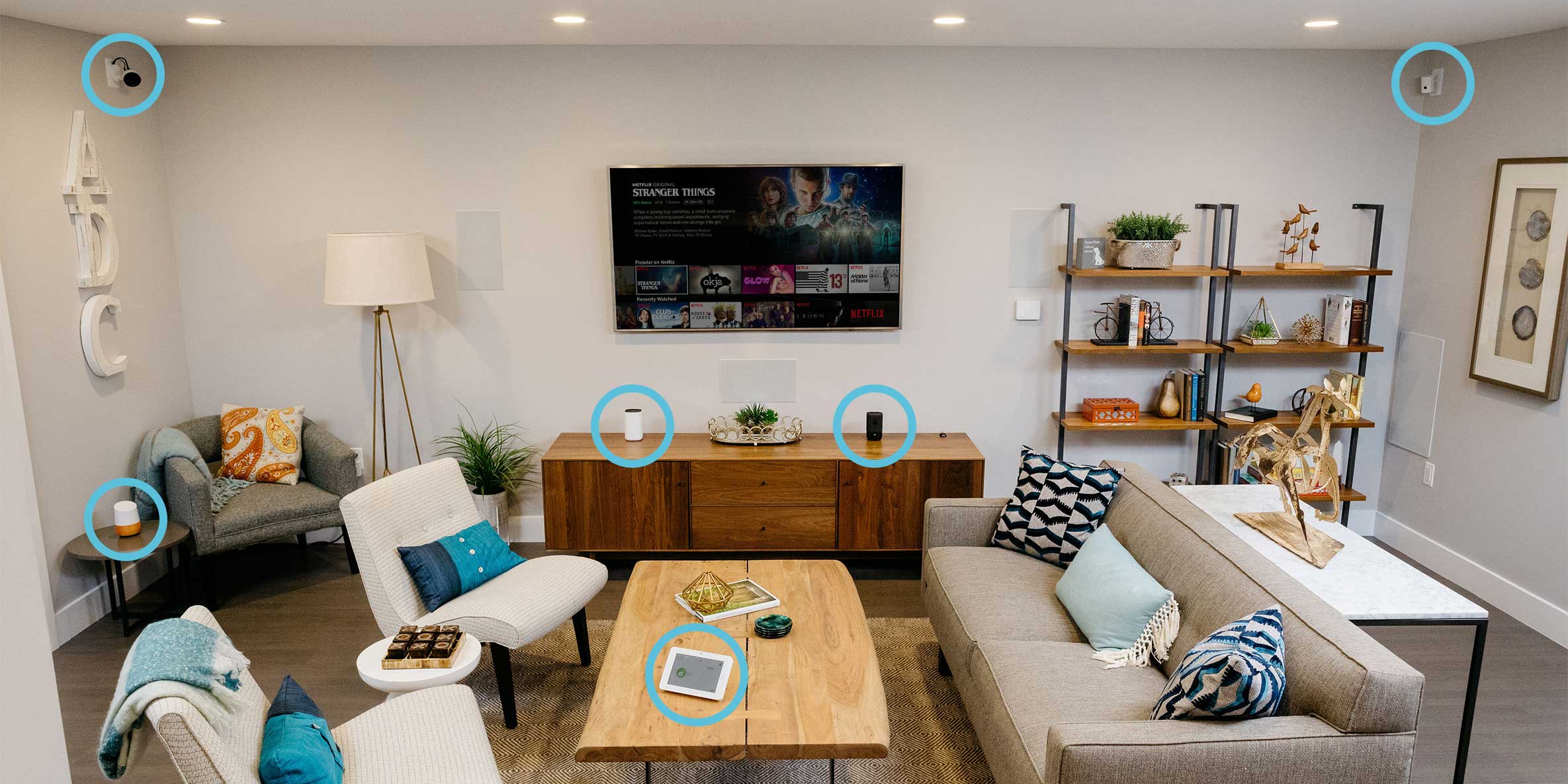This post was originally published on January 31, 2017 and has been updated for accuracy and comprehensiveness.
Between freezing temperatures and slick driveways, keeping homes safe during the winter requires proper planning.
Prepare for frigid weather with the following security and environmental monitoring equipment and general safety tips.
Winter Weather Equipment Must-Haves
Although extreme winter weather can’t be avoided, there are precautions to help you better prepare. As the temperatures drop and snow falls, consider the following equipment to keep your home safe:
- Smart thermostats. Control home temperatures even when away. Maintain a comfortable temperature indoors, which can prevent pipes from freezing or bursting.
- Water and flood detectors. Place water sensors near exposed piping to receive immediate notifications via smartphone, tablet or laptop should a pipe burst.
- Carbon monoxide detectors. Risk for carbon monoxide poisoning increases in the winter due to fireplaces, lack of oxygen from closed windows, or a malfunctioning furnace. Install a carbon monoxide detector to protect against this silent and odorless threat.
- Backup security connection. Winter storms can lead to power outages. Have a backup plan in place to keep security and environmental monitoring systems running.
Quick tip: Choose professional installation. Without proper installation from a certified vendor, you run the risk of devices not being able to function properly.
Winter Safety Best Practices
In addition to the above equipment, other best practices to remain safe this winter include:
- Before leaving home, check local weather forecasts to stay safe on the roads.
- Be cautious for black ice when walking on driveways and sidewalks. To avoid black ice, regularly shovel, plow and lay salt down as needed.
- Ensure batteries in security and environmental hazard equipment still work.
- Create an emergency kit, should you get snowed in or the power goes out. Include flashlights, nonperishable food, water and blankets.
- Do not let your home’s temperature fall below 55 degrees.
- When entering or leaving your home, shut windows and doors tight to prevent cold air from entering.
- Regularly clean furnaces, space heaters, chimneys and radiators to prevent fires.
Want Additional Safety Tips for Emergency Situations?
Home safety starts with awareness. Visit our blog to stay up to date on all the home safety trends and tips from our security professionals.



